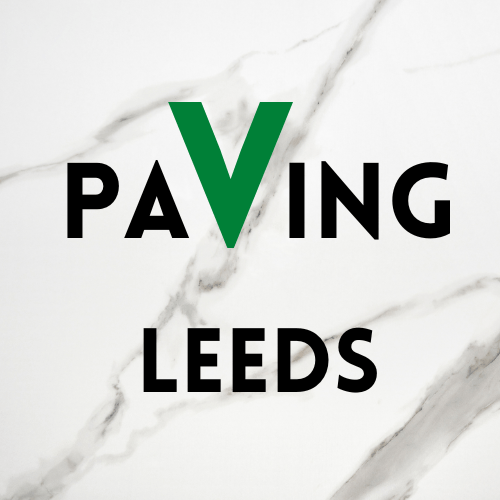Dropped Kerb Leeds
Need to drop your kerb in Leeds?
Contact Paving Leeds today for a free quote to get your kerb dropped by professional driveway installers
INCLUDE A PHOTO & MEASUREMENTS FOR A QUICK DROPPED KERB QUOTE
SEND ANYTIME 24/7
Paving Leeds dropped kerb enquiry
Drop Kerb Leeds
If you are the space at the front of your changing your property to allow access by car or additional cars from the road you will have to apply for permission for a new dropped kerb from the council.
The process for getting a dropped kerb in Leeds, typically begins with submitting a formal application to the local council, accompanied by relevant documentation such as site plans and justification for the request.
Once submitted, the council will assess the application against local planning guidelines, which can involve consulting with neighbouring properties and reviewing any potential impact on traffic flow and safety.
The timeframe for approval can vary, but it generally takes several weeks to a few months, depending on the complexity of the request and the council's workload.
After approval, you would then need to engage a qualified contractor, such as ourselves, to carry out the work.
Typically installing a dropped kerb may a few days to complete once scheduled in.
The main time is with the council so from starting your application to a fully operational dropped kerb can take several months.
Dropped Kerb Contractors near me
If you are looking for dropped kerb contractors near me in Leeds of the day or night through our 'Send Enquiry' form
Dropped Kerb Contractors
Upon approval of your application, the installation of the dropped kerb may commence. The process typically involves excavating the designated area for the dropped kerb. We will then lay a suitable foundation, followed by the placement of the dropped kerb using concrete or other appropriate materials that closely match the existing pavement. The installation must adhere to specific specifications and regulations to ensure safety and accessibility. It is important to understand that the cost of the dropped kerb installation is the responsibility of the homeowner or property owner. Payment for this service is made directly to the contractor, which in this case, is our company, not the council.
Dropped Kerb Options
In the UK, there are different types of dropped kerbs. The two main types are tactile dropped kerbs and standard dropped kerbs.
Tactile dropped kerbs feature a textured surface. This surface helps visually impaired individuals identify the kerb. They have raised bumps or bars that can be detected by a cane or felt underfoot.
Standard dropped kerbs, on the other hand, provide a lowered section of the kerb. These kerbs facilitate easier access for wheelchair users and those with mobility impairments. Unlike tactile dropped kerbs, standard dropped kerbs do not have a textured surface. However, they still create a level surface for safe road crossing.
Typically, we install standard dropped kerbs to enable vehicle access to driveways from the road.
Need help?
